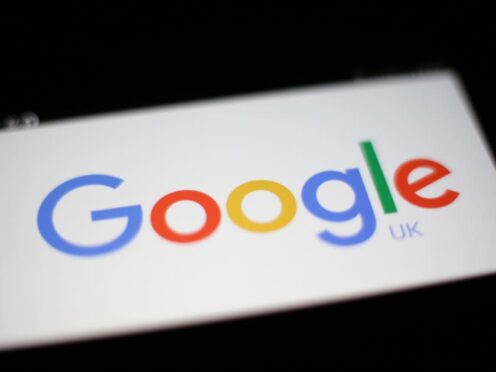Founders should be careful not to neglect shareholdings in their startup years to avoid potential tax problems. Here’s some helpful advice from the experts at legal firm, CMS.
-
Some Press and Journal online content is funded by outside parties. The revenue from this helps to sustain our independent news gathering. You will always know if you are reading paid-for material as it will be clearly labelled as “Partnership” on the site and on social media channels.
This can take two different forms.
“Presented by”
This means the content has been paid for and produced by the named advertiser.
“In partnership with”
This means the content has been paid for and approved by the named advertiser but written and edited by our own commercial content team.
Founders could be forgiven for neglecting their share capital when a company is run from a spare bedroom and when turning a profit (let alone the idea of a company sale) is still a pipe dream. The specifics of ownership are often forgotten in a flurry of administrative activities on company formation. An original founder may have taken a back-seat in the operation of the company, or an employee who was instrumental in launching the company may not have received equity at formation. Fast forward a few years into the territory of investment rounds and potential exits, and who owns what becomes very important indeed.
As time goes on and the company increases in value, the magnitude of the potential tax problem increases. It is therefore crucial to get the shareholdings correct as early as possible, when the value is low.
Acquiring or disposing employment related securities
Founders (and key employees) are typically company directors and are generally treated as employees of the company for tax purposes (even if they are not in fact employees). Any shares they hold or acquire are therefore deemed to be ‘employment related securities’ (“ERS”) for tax purposes and their acquisition or disposal may be subject to income tax and potentially employer and employee NICs.
For example, income tax may (amongst other circumstances) become payable if on certain share transfers for less than market value, certain disposals without making the appropriate election, or where shareholders indirectly receive value (e.g. through a forfeiture of another shareholders’ shares).
Advantages of rebalancing shares
Rebalancing shares among founders may be a good opportunity to increase the company’s option pool for employees. Transferring excess founder shares into a ‘warehouse’ such as an employee benefit trust would not further dilute investors, and the company can then use these shares to incentivise employees through options or other equity awards. Structured correctly, equity-based awards may be more tax favourable than cash bonuses to employees in the UK or overseas.
For UK employees, provided the company qualifies, ‘enterprise management incentives’ options may be a good vehicle to help not only to get your founder shareholdings correct, but also incentivise the workforce or other founders; slashing employees’ tax liability on the eventual disposal of the option shares from 20% to 10%. The tax implications of transferring low-value shares are relatively minor and such transfers can be readily achieved. However, if success is planned for early, tax liability will be reduced significantly further down the line.
Check out the CMS website for more information.










